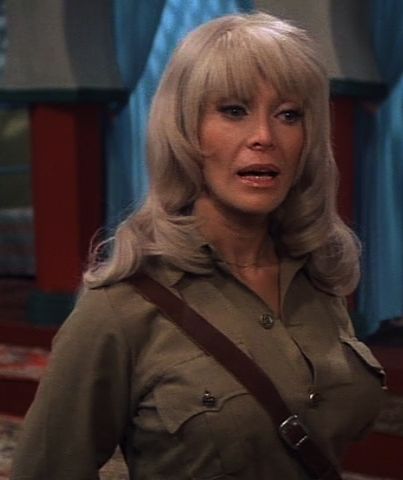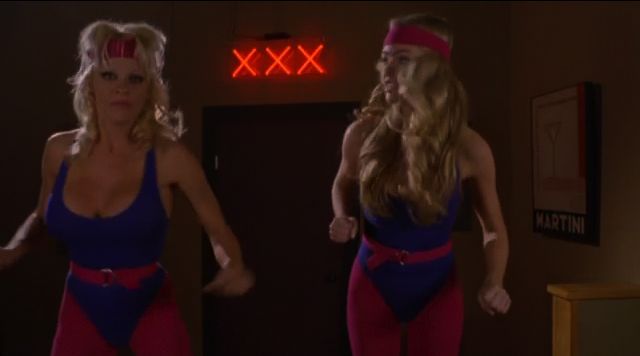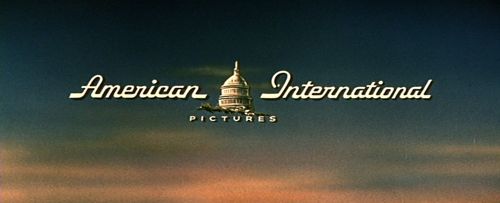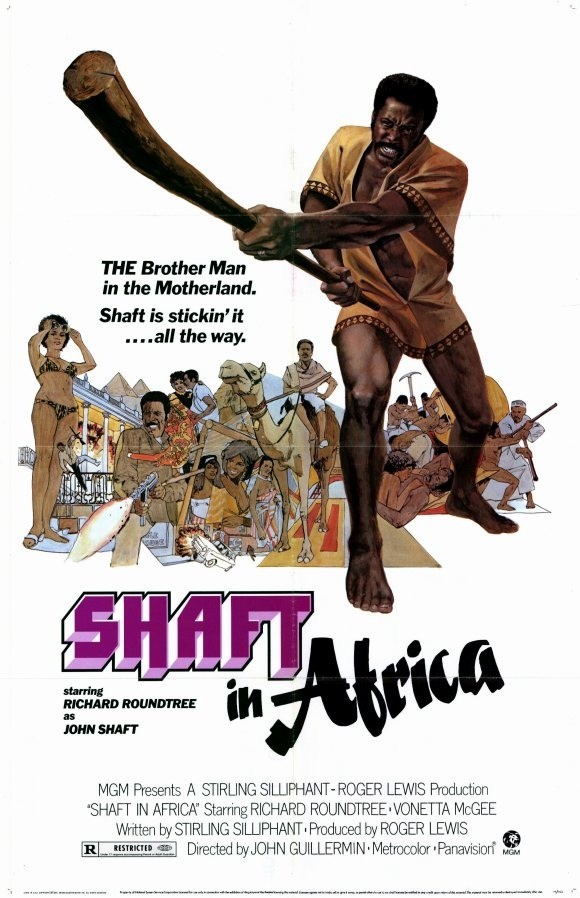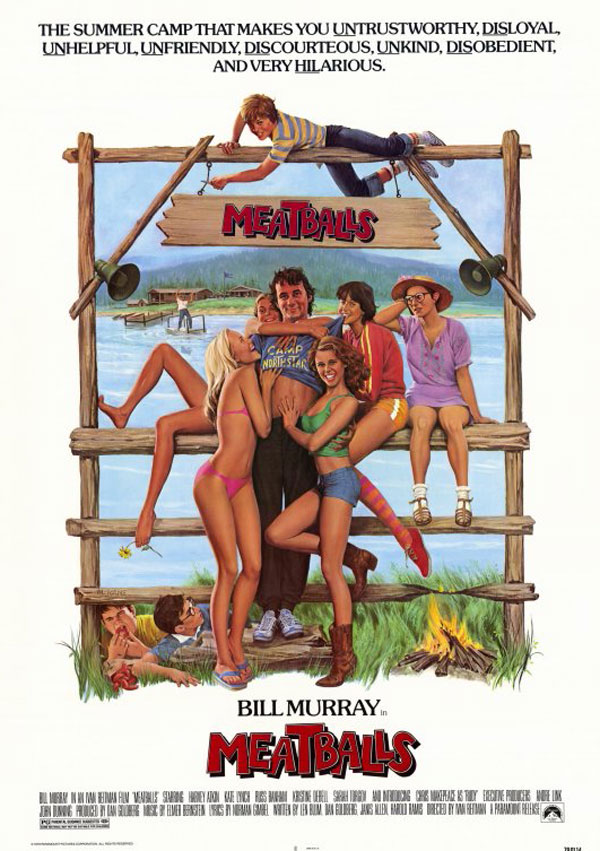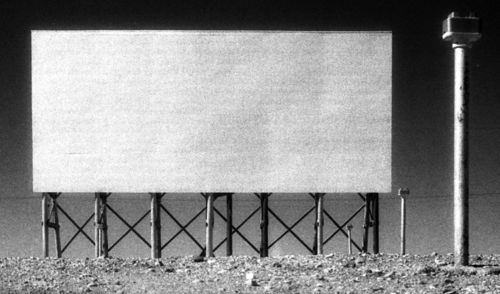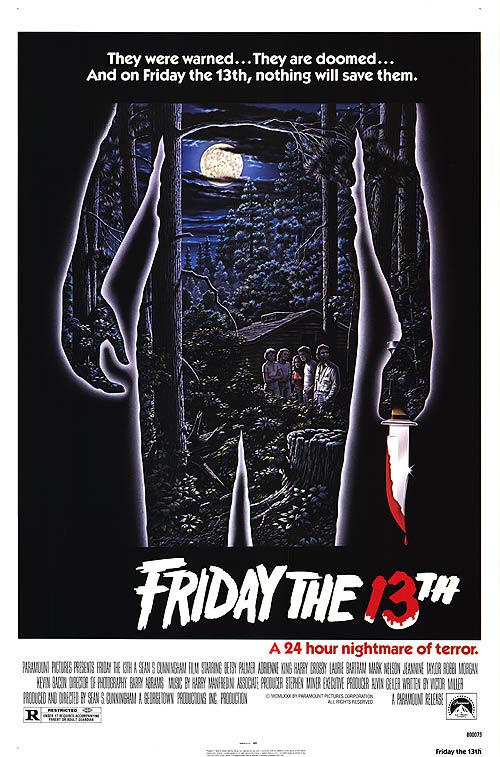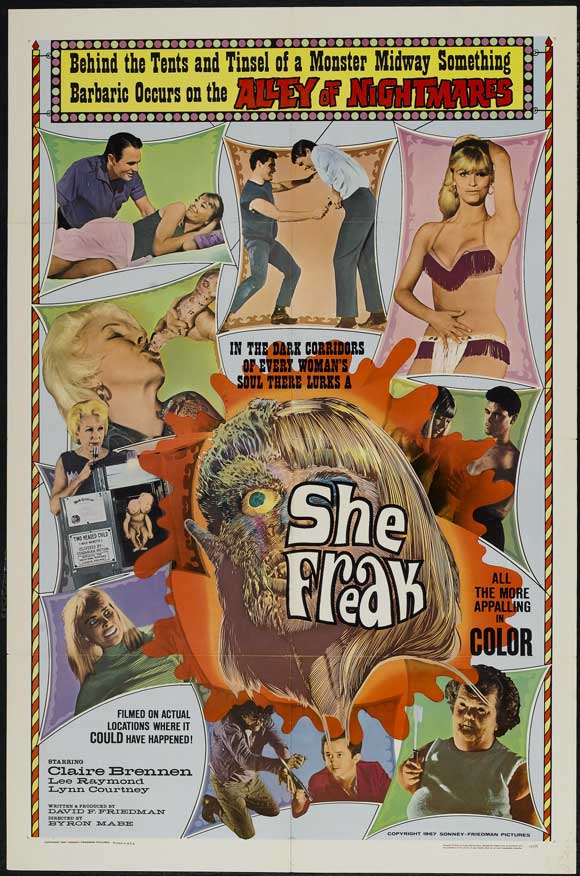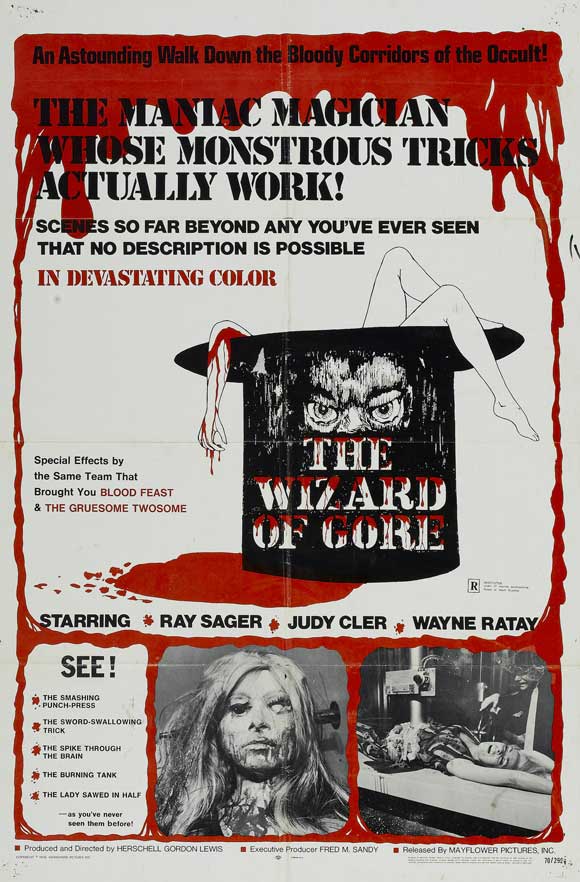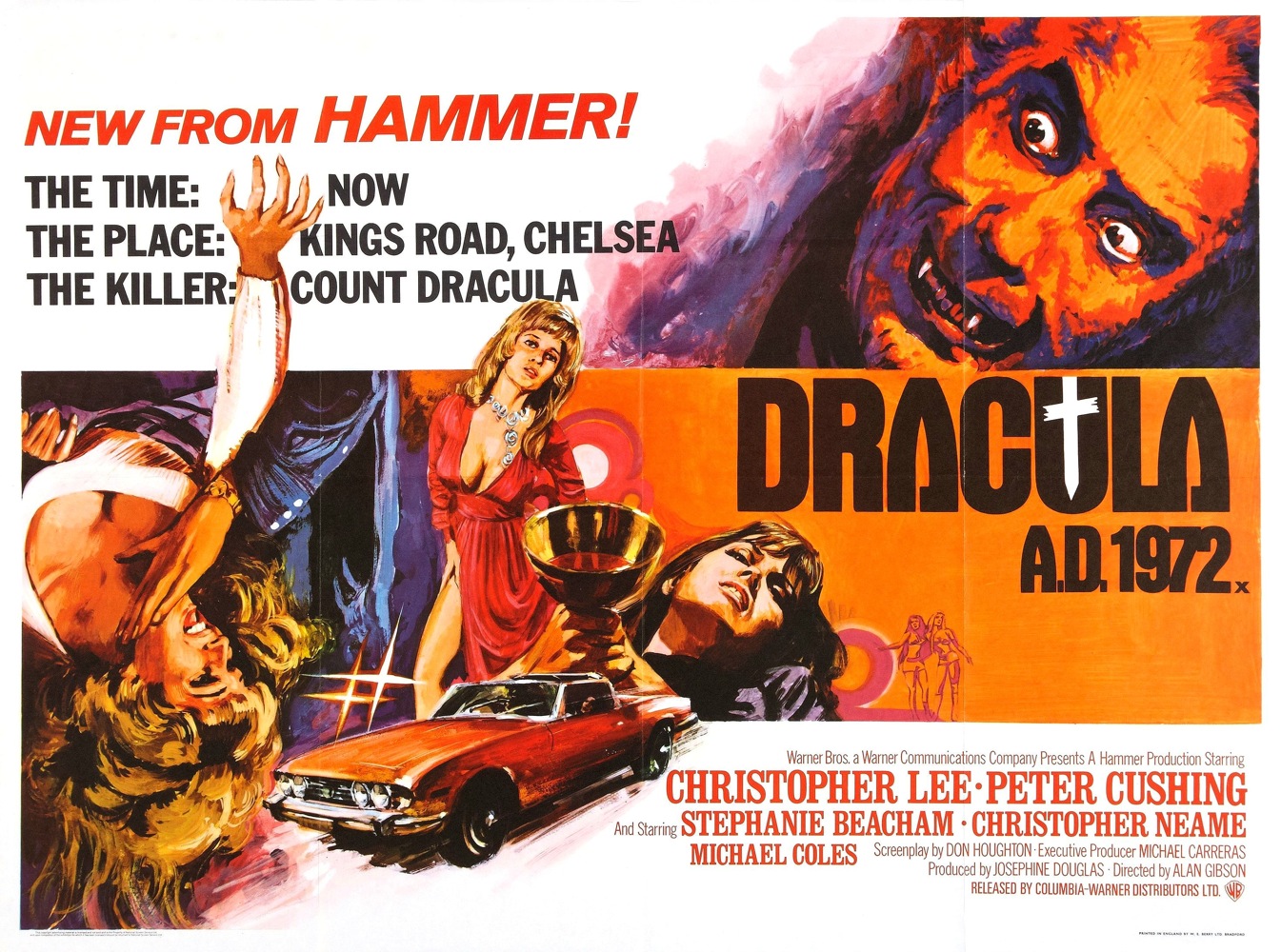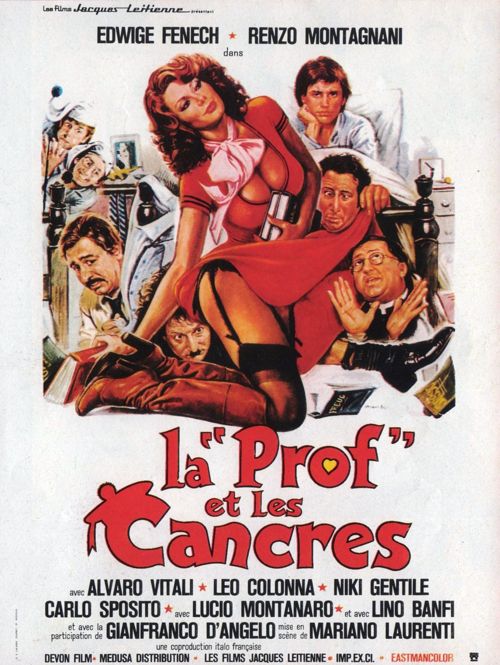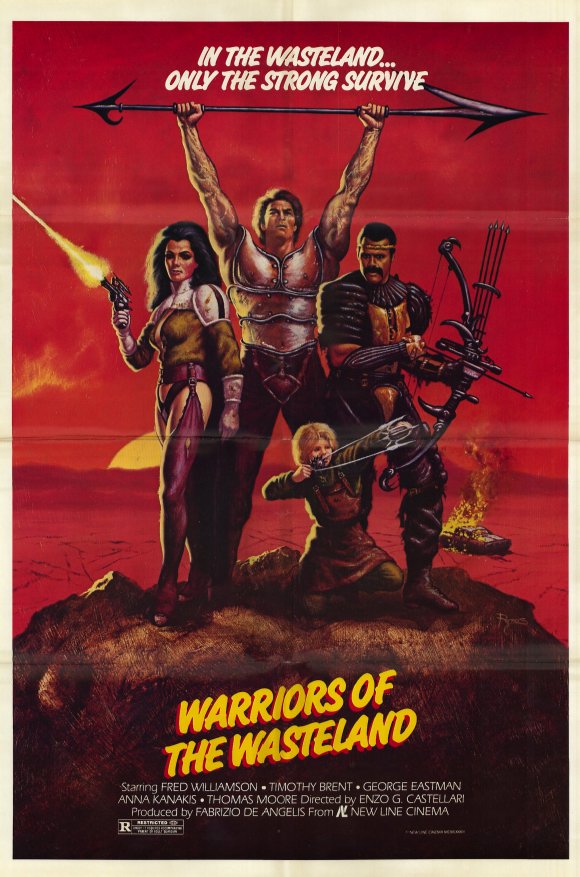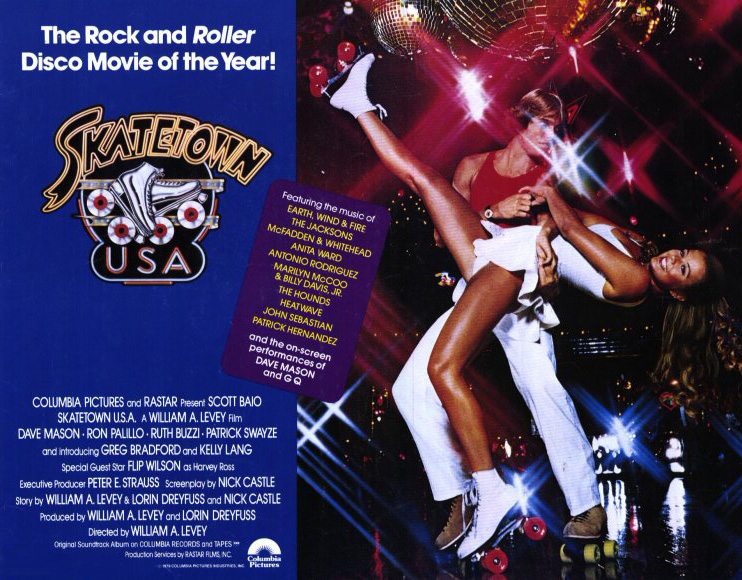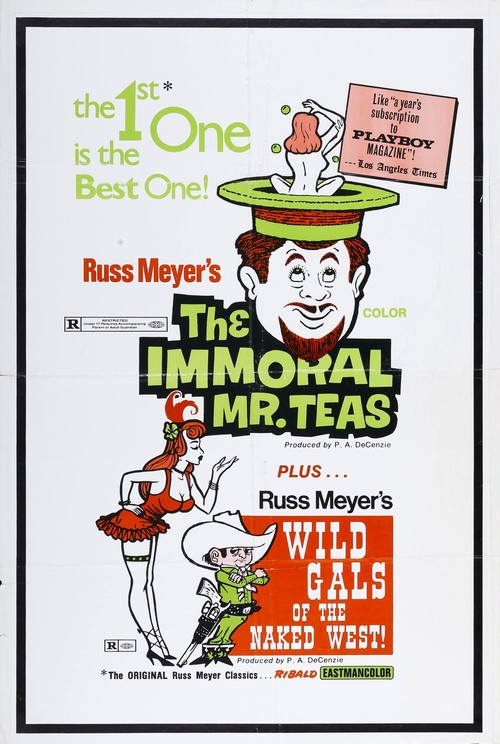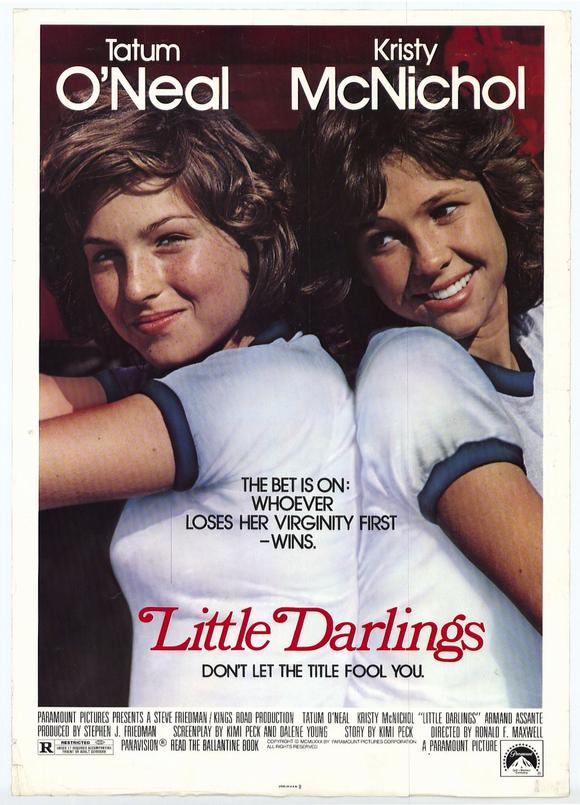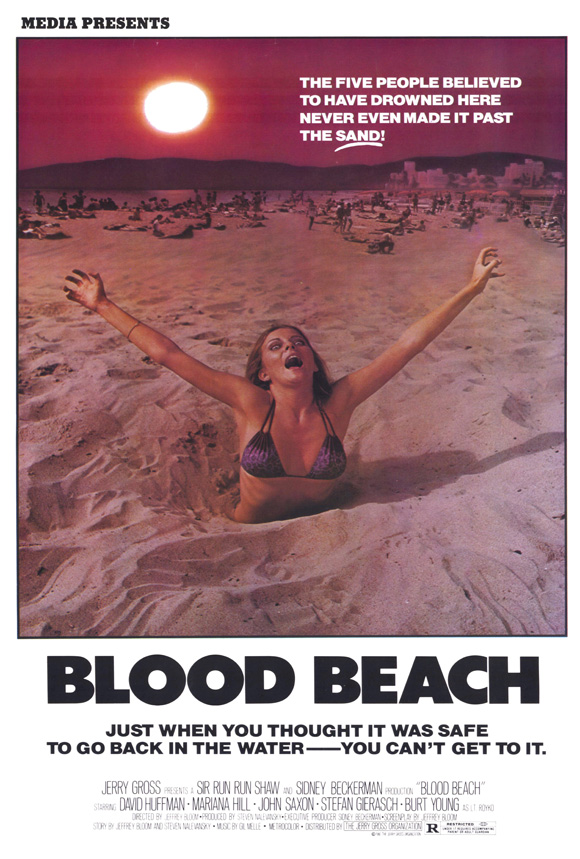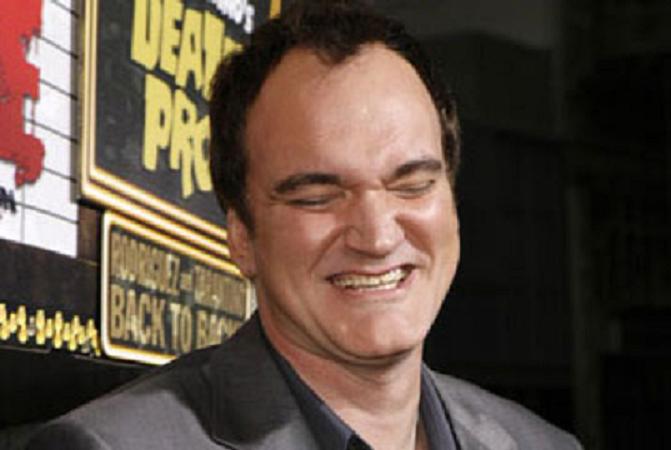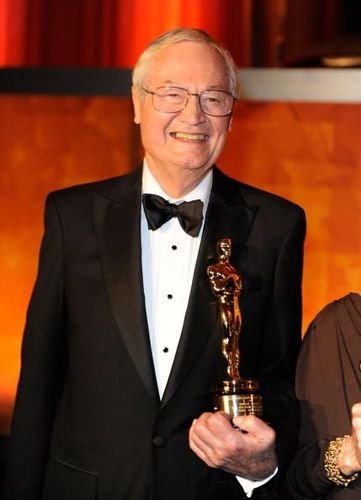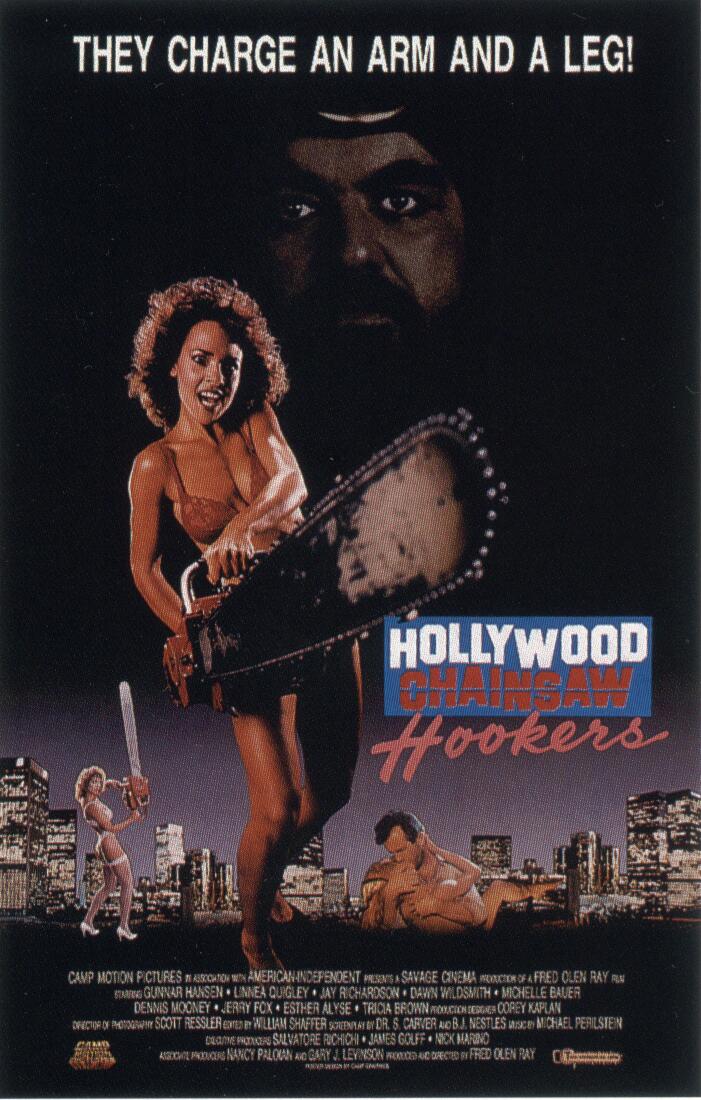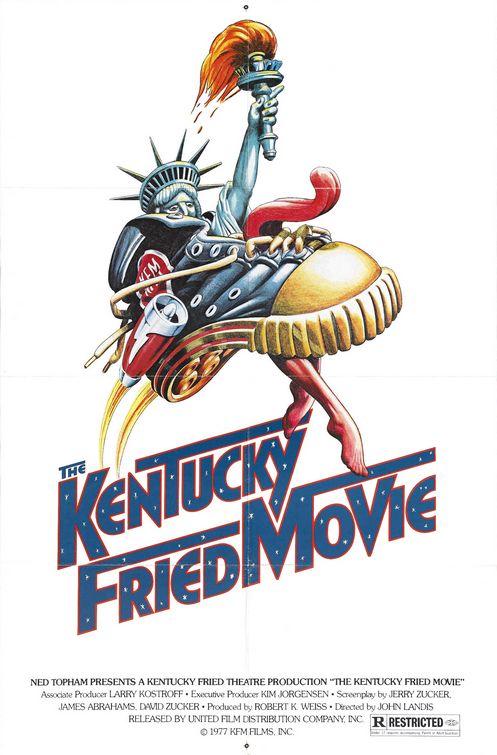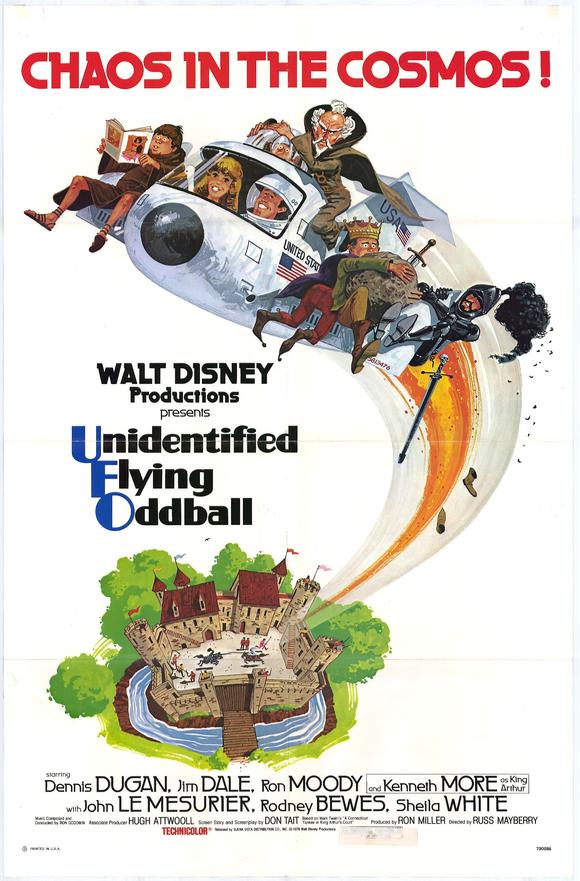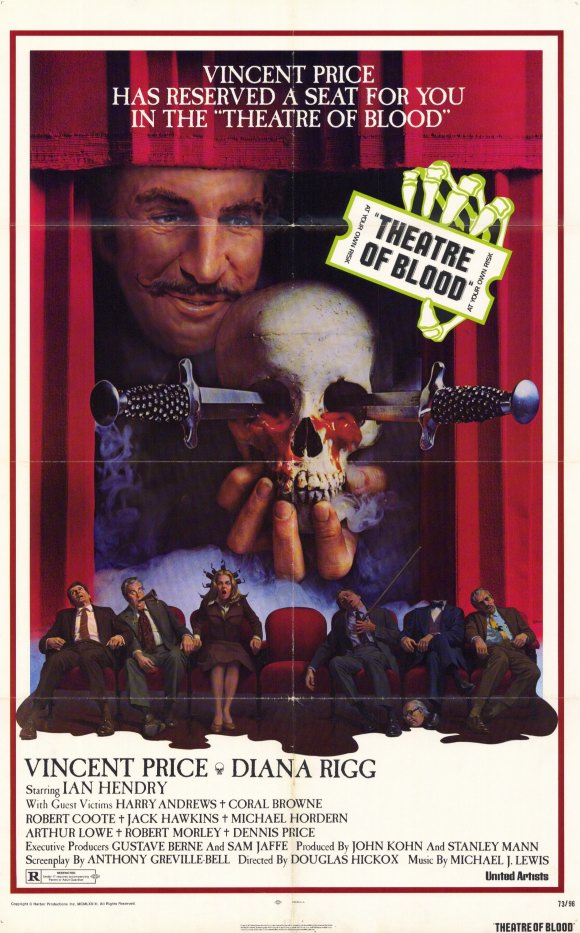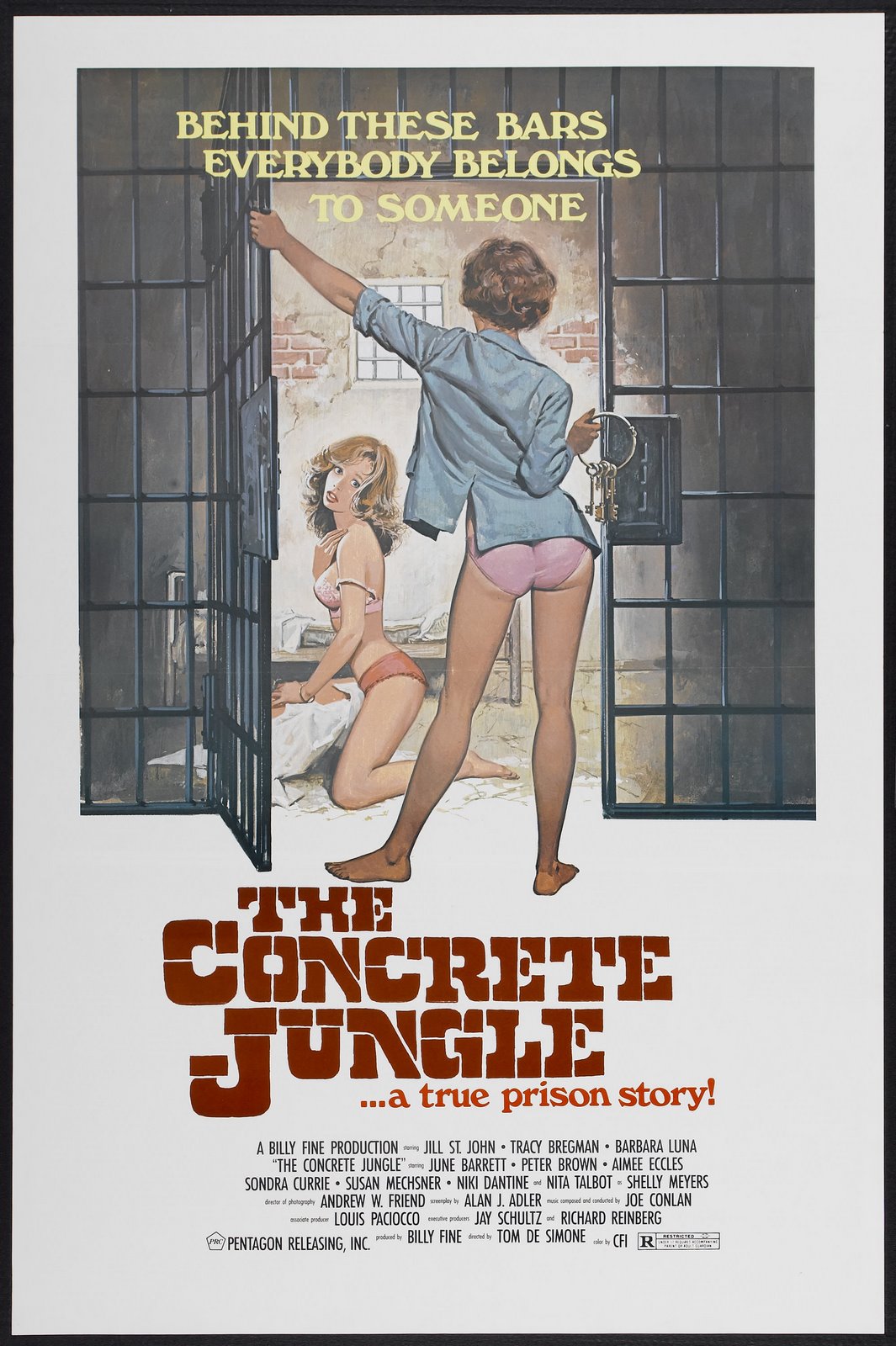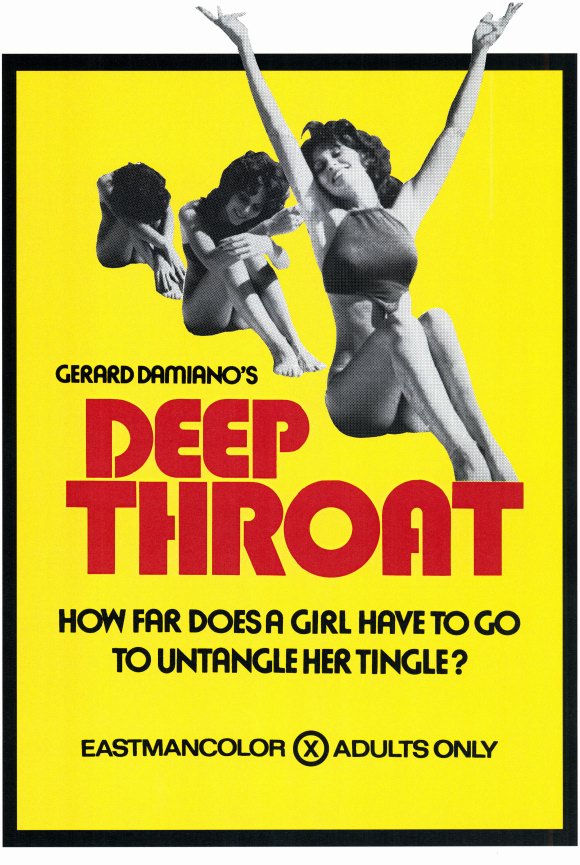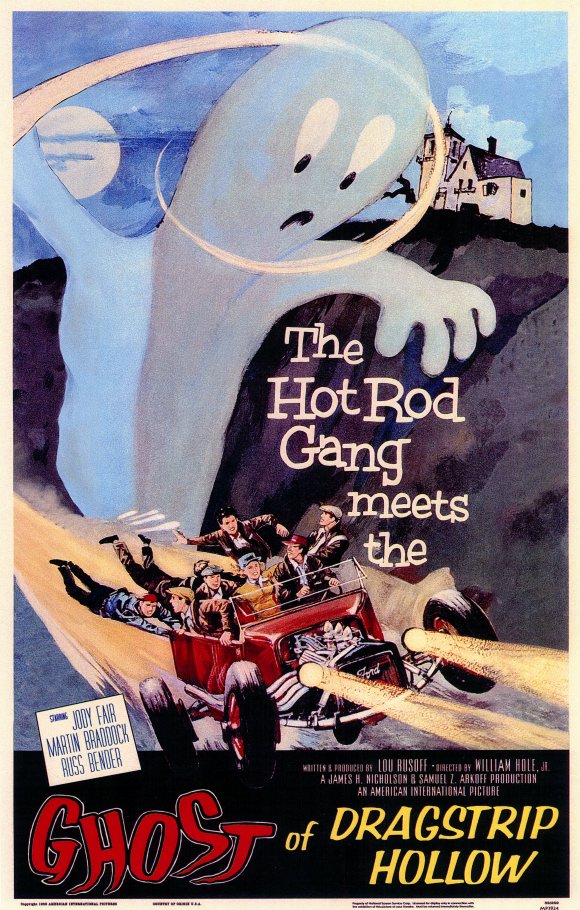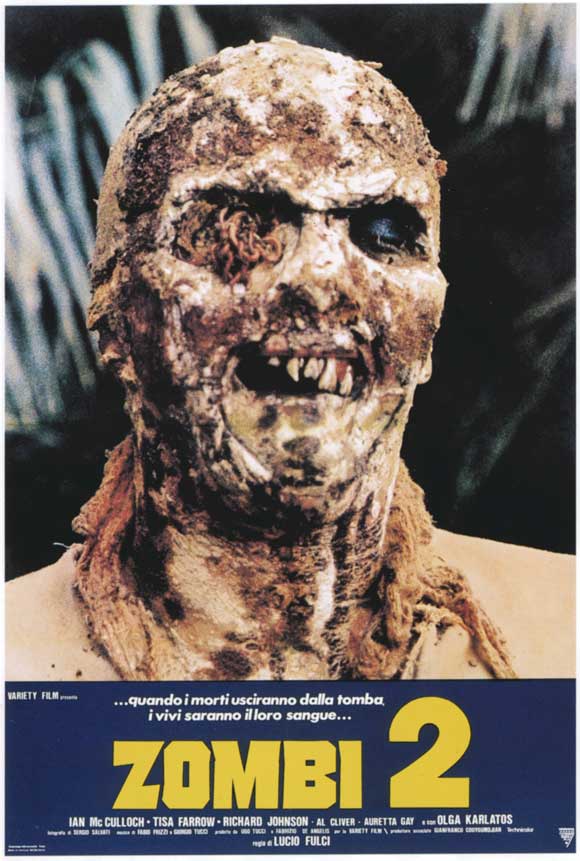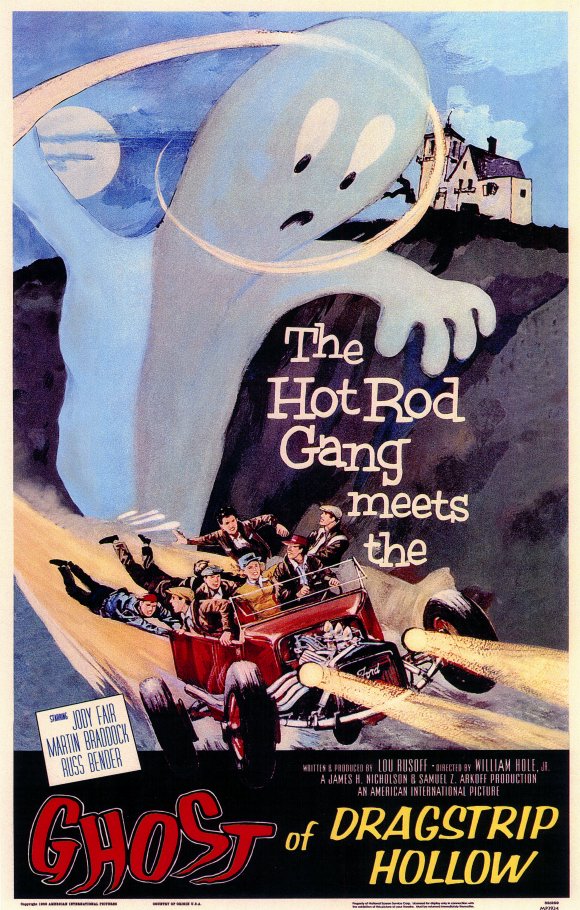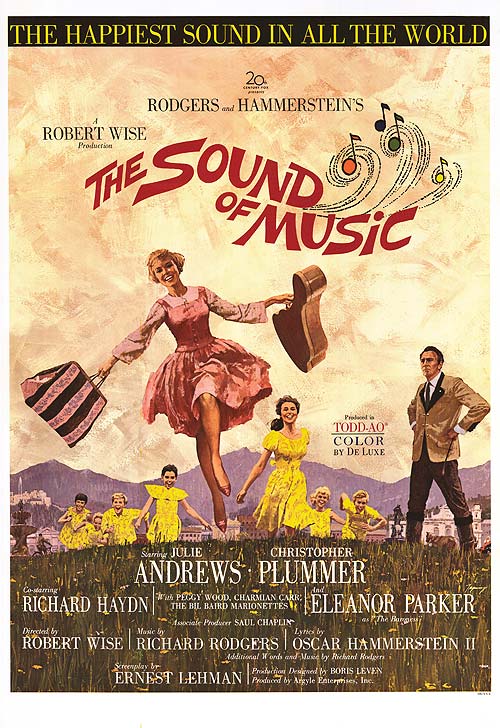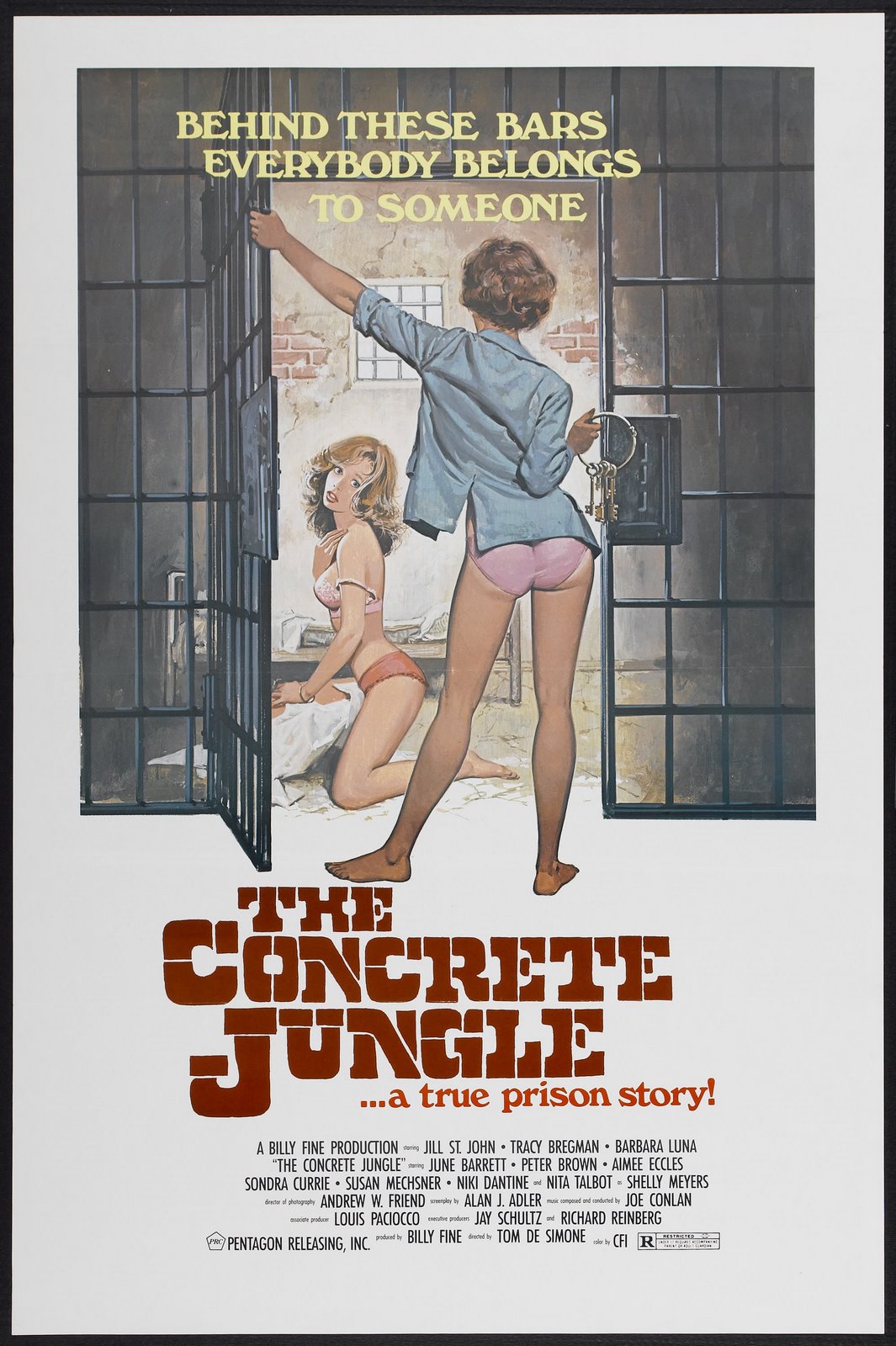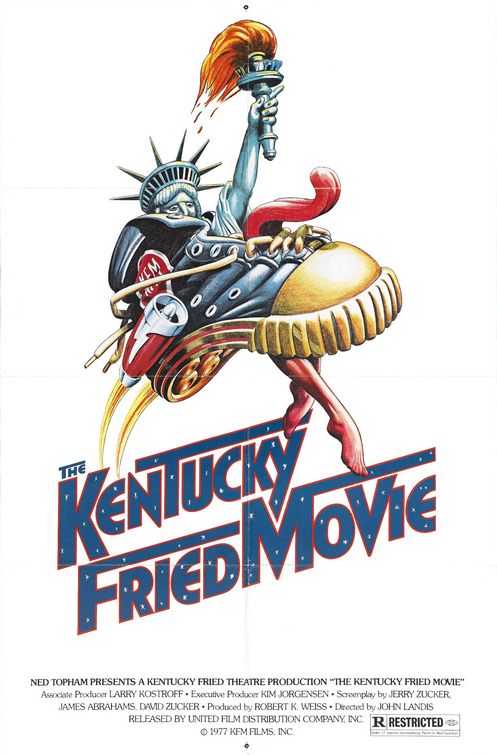From the Bottom to the Top to the Bottom: Part One in a Series
 Friday, September 30, 2011 at 6:00AM
Friday, September 30, 2011 at 6:00AM Hollywood is a fickle mistress. One minute she’s a Brazilian supermodel who goes down on you in the middle of Spago and begs you to have a threesome with her even hotter Australian supermodel best friend, and then the next her lawyers are serving you a restraining order that says if you’re even on the same continent as her, the police are allowed to club you to death in front of your crying children.
And that’s how the pretty people get treated! It’s so much worse for the merely talented, who manage to win the celebrity lottery by being cast in the right role in the right movie at the right time. Oh, man, does Hollywood hate those assholes, especially if they’re unlucky enough to get nominated for an Oscar for their efforts. Sure they’ll give them a movie or two to star in, but once those movies-no-one-asked-for inevitably tank those poor bastards are lucky if their agent can get them an audition for a dog food commercial.
In need of interesting content, I’ve decided to occasionally mock these one-hit wonders by not only pointing them out, but also by singling out the lowest moment of their subsequent careers—the one film that well and truly should have driven them out of the business forever (but probably didn’t).
Tonight’s entry is one of the just plain oddest dudes to ever earn any attention from the Academy. The fact that he was eventually perfectly cast as Mr. Mxyptlk in the dreadful 80s Superboy syndicated TV show pretty much says it all.
I am, of course, talking about:
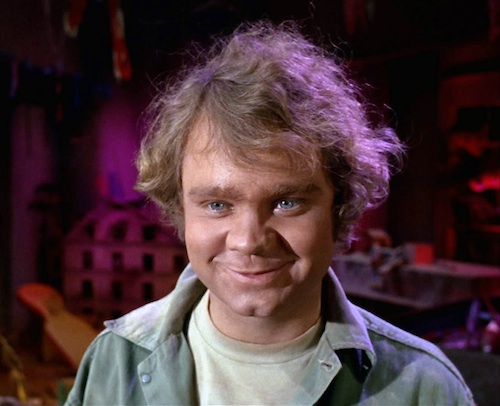
A theatre and television actor who specialized in playing beatniks and children (everyone remembers that episode of Star Trek where he played the leader of a group of kids on a planet where going through puberty was fatal—he was 27 at the time), Pollard came to national attention when he was cast as C.W. Moss in Arthur Penn and Warren Beatty’s Bonnie & Clyde (producer/star Warren would get upset if I credited it solely to its director). As Moss, Pollard proved to be a unique and intriguing screen presence, which—combined with the critical and popular success of the film—resulted in a Best Supporting Actor nomination.
Despite being the clearest possible archetype of a “character actor”, Hollywood made a game attempt to allow him to carry some movies. He co-starred with Robert Redford in the period motorcycle drama Little Fauss and Big Halsey and played the title character in the very 70s revisionist western Dirty Little Billy. The failure of the last film, combined with his genuine oddness, quickly halted his trajectory and he pretty much disappeared for most of the 70s (the one decade you’d think would appreciate him the most), only to reappear in many terrible B-Movies and the occasional studio picture during the 80s and 90s. Whether in the hilariously misguided American Gothic, the charming Roxanne or blockbusters like Dick Tracy and Tango & Cash, he always played the same role—the really weird elfin guy.
Looking through his IMDb page there are a lot of low moments to choose from. I’ve already mentioned American Gothic, but it’s more weird than terrible. Fast Food is pretty miserable, but it has post-porn unbelievably hot era Traci Lords in it, so it too must be allowed to pass. I reviewed The Patriot for Flick Attack and thought it was horrible, but I now have no memory whatsoever of Pollard even being in it. Night Visitor is more bland than bad (which actually makes it that much harder to sit through) so that just leaves one clear choice for the lowest moment of Pollard’s post Oscar-nomination career. That’s right, folks:
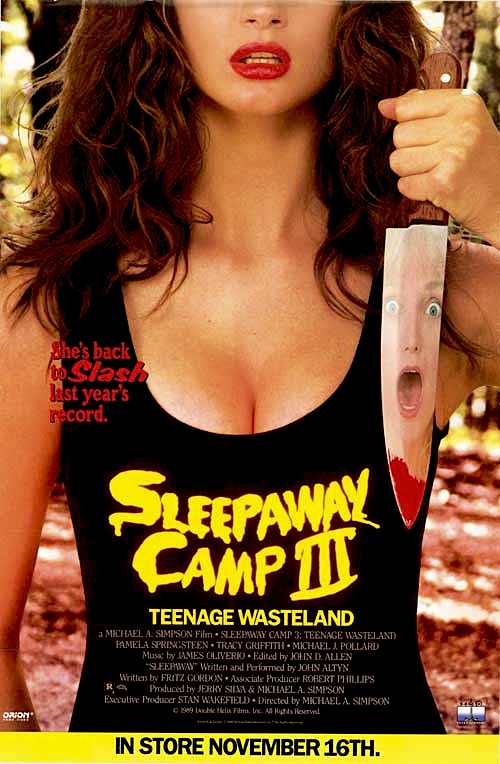
Everyone remembers the original Sleepaway Camp. It’s the slasher classic where the killer turns out to be a twelve year-old girl with an enormous cock (spoiler). Much fewer people remember the two subsequent sequels, and if they do, it’s only because they starred Bruce Springsteen’s sister!
Having set the cinema world aflame with her role as the first Pat Benatar lookalike in Fast Times at Ridgemont High, Pamela Springsteen was cast as the now adult version of the original film’s transgendered murderer. Unfortunately this didn’t lead to her achieving iconic horror franchise status, since the filmmakers (the same dude’s responsible for the above-mentioned Fast Food) decided to do something completely different that no one had ever done before and make a slasher movie that made fun of slasher movies! Even better, they did it twice!
Confused folks at the video store might have thought that the existence of Sleepaway Camp III indicated that there was a demand for the story to continue after Sleepaway Camp II, but the reality was that the filmmakers pulled a Salkind (look it up) and shot the two films back to back.
Truthfully it’s hard to tell which of the two are worse. Like all “funny” slasher movies, they are neither funny nor frightening, but Pollard’s only in the third one, so it doesn’t really matter. The sad thing is, he might very well be the best thing in it.
For shame, Sleepaway Camp III.
For shame.
Apparently Pollard’s still alive, but he hasn’t been up to much lately. Rob Zombie cast him in House of 1000 Corpses, which is just the sort of thing you’d expect Rob Zombie to do (he’s such a scamp!). As you probably, guessed Pollard never did take home that Oscar. He lost that year to George Kennedy, who won it for his memorable role in Cool Hand Luke—a great performance in a classic movie!
Next Time On
From the Bottom to the Top to the Bottom Again
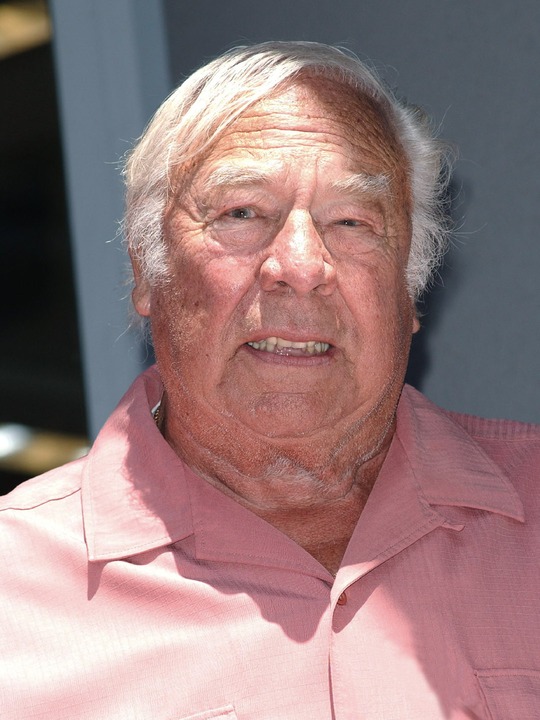
George Kennedy
 Allan Mott |
Allan Mott |  2 Comments |
2 Comments |  B-MOVIE BULLSH*T,
B-MOVIE BULLSH*T,  FtBttTttB,
FtBttTttB,  Michael J. Pollard in
Michael J. Pollard in  B-Movies,
B-Movies,  FttBttTttB,
FttBttTttB,  Horror,
Horror,  Humour
Humour 
